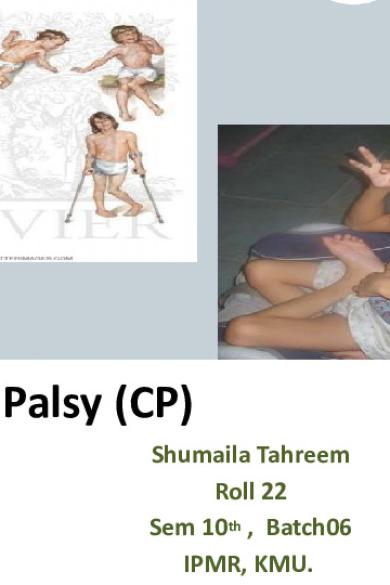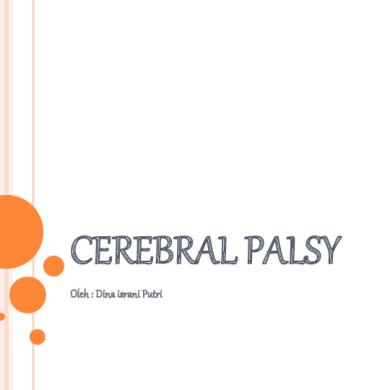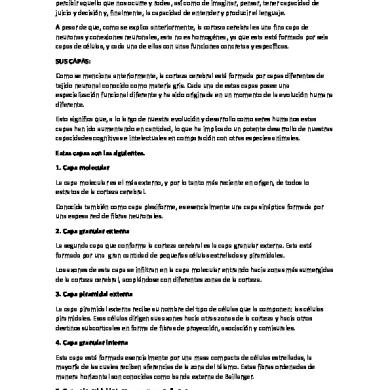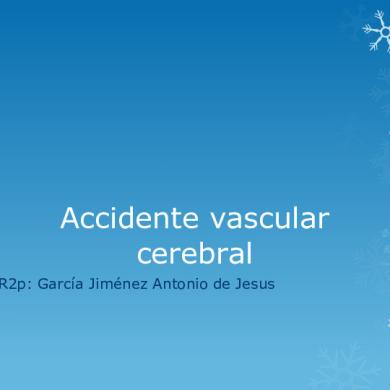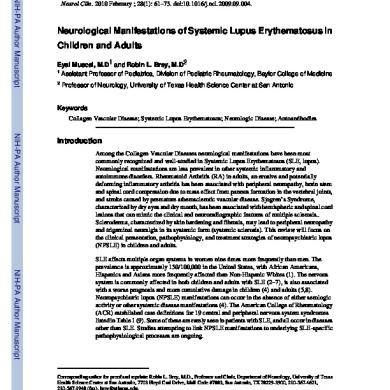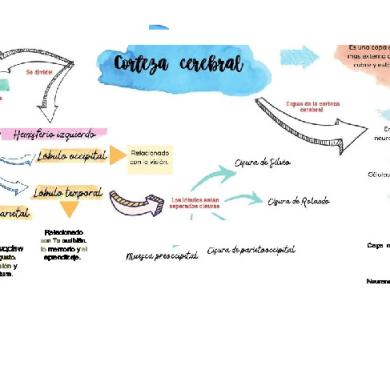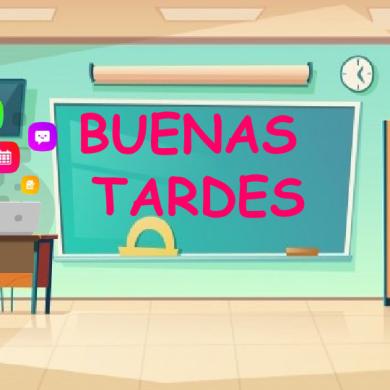* The preview only shows a few pages of manuals at random. You can get the complete content by filling out the form below.
Description
Cerebral Palsy (CP) Shumaila Tahreem Roll 22 Sem 10th , Batch06 IPMR, KMU.
1
Cerebral Palsy Cerebral Palsy (CP) is neurologic condition. It is permanent but not unchanging neurodevelopment disorder caused by nonprogressive defect or lesion in immature brain 2
Classification , Etiology & pathophysiology Classification based on area of body (motor impairment): Diplegia Hemiplegia Quadriplegia
Classification based on Movement Abnormality (BRAIN lesion): Spastic Dyskinesia / athtoid Ataxia Hypotonic mixed
3
Causes or factors Could be prenatal, peri-natal and postnatal: Birth asphyaxia (full term infants) Disorders of coagulation and interauterine exposure to infection insufficient cerebral perfusion Thyroid hormones Prenatal malnutrition, poor maternal maternal condition Head trauma resulting from a birth injury, fall Severe jaundice (Hyperbilirubinemia) 4
Progress in Primary Prevention: Work on
prenatal health of mother at risk poverty and maternal education
Prevention and intervention for premature delivery, fetal distress, neonatal asphyxia & mechanical birth trauma
Diagnosis: CP is diagnosed when a child does not reach motor mile stones and exhibits abnormal muscle tone or qualitative differences in movement pattern. Neurologic status, primitive reflexes, posture (identify CP) 5
Impairment 1. Single-system Impairment: Expressed in muscular system and skeletal system Then further cateogrized in primary and 2ndry impairment 2. Multiple system impairments:
6
Single system impairment (primary ) • Insufficient force generation: level of EMG activity + force output • Spasticity and abnormal extensibility : tone Muscle tone is the amount of tension or resistance to movement in a muscle. 80% of all people with CP shows some spasticity
• Hypo or hyperextensibility ,contractures 7
Single system impairment(secondary) Primary impairments leads to malalignment, abnormal weight bearing which in turns affects orthopedic development of spine and extremities. Torticollis Hip joint stability Other spinal deformity
8
Multisystem Impairments 1. Poor selective control of muscle activity 2. Poor regulation of activity in muscle group in anticipation of postural changes & body development 3. Decreased ability to learn unique movement
9
Examination , Evaluation ,Intervention 1. Infancy 2. Preschool 3. School age to adolescent and transition to adulthood
10
Infancy Infants grow and develop in response to being loved and nurtured by parents and caregivers
• From time of birth, child with CP may not experience the usual activities associated with infancy. • Some parents of CP may not receive all aspects of +ive feedback • Movement is important component in learning and interactive process of infancy
11
PT examination , Evaluation • History, environment of infant and capabilities and concerns of family. • Observation of active ROM ,passive ROM • Passive movement with greater velocity • Primitive reflexes
12
Goals ,Intervention 1. Family education: Educate family about CP Support their acceptance Foster collaborative goal setting PT should be realistic about prognosis Families values and concerns 2. Handling and care Parent skills Positioning, carrying, feeding, dressing technique 13
3. Facilitating optimal sensorimotor development Focus on well-aligned postural stability coupled with smooth mobility to allow emergence of motor skills e.g crawling,rolling, reaching etc These skills promote development of body awareness, spatial oreintation and mobilty to play , social interact CP child doesn’t always proceed along the normal development sequence. Equipments may facilitate e.g infant with CP may unable to sit and balance or infants with upper limb limited movement maybe unable to bring their hand to their mouths to provide normal oral-motor sensory input. Role of other disciplines: OT , speech therapist, community infant development worker. 14
Pre-School Period Locomotor, coginitive, communication, selfcare and social abilities develop to promote functional independence
• Dynamic process • Child’s environment remains oriented not only towards family, parents and home but also begins to interact with the world outside. • Children with CP, limitation in motor activities causes 1. Restriction in Participation in learning 2. Reduce independence and socializing • Concerns of parents • Concern of Physical Therapist: independent mobility 15
PT EXAMINATION & EVALUATTION • Assessment of activity & interaction of Impairment and activity in relation to participation. (primary focus) • Testing of force generating ability of muscle. • Strength and endurance assessment. • GMFM & PDMS used to monitor child’s progress in attaining motor skills. When skills are assessed, use of EQUIPMENT should be taken in consideration 16
Cont… • Mobility, transfers, communication ,social function, self-care, adaptive equipments in the performance of ADLs. • Assess and manage pain (in children with communication & movement limitation).
Enviromental and Personal factors affects evaluation process 17
PT goals, outcomes & Interventions • Goal: limit impairments ,prevent secondary effect • Intervention: optimal posture alignment, movements of body conductive to different areas of developmemnt
Therapist must be willing to Respect the priorities of families and other professionals to meet the GOALS. 18
GOALS & I/V: 1. Reducing Primary Impairment & Preventing 2 ndry Impairment: Increase Force generation: Eccentric, concentric activities Spasticity:, muscle lengthening ex, BtA
Effectiveness of Sx or Pharmacological Interventions for spasticity may be enhanced with therapeutic interventions
Hypoextensibility: manual passive stretching
Threshold length for preventing contractures 6hours/day
Casting & Orthoses : with plaster material used to provide prolong stretch to lengthen hypoextensible muscle. Often used with BtA intervention Lower extremity Orthoses prevent deformity, facilitate activity. AFOs, FO and during sleep Positioning & Alignment: Seating , standing and risks of diseases and contractures Standing for 45minutes for 2 to 3 times a day control lower extremity flexor contracture And for 60mint/day 4 to 5 times facilitate BONE DEVELOPMENT
19
2. Interventions of Activity Limitation A) Mobility Ambulation is major concern of PT during preschool years Ambulation skills and ambulation aids (e.g posterior walkers) Provision of alternative (power mobilty devices, adapted tricylce, manual w.chair) means to allow children functional, independent mobility when ambulation is impossible.
B)Play primary productive activity for children should be motivating & pleasurable. Benefits: development of intellectual, language ,conceptual, perceptual skills. increase independence, motivation , creativity ,social skills and selfesteem. Parents should not provide them overprotected environment.
C)Addressing a variety of health and well-being issues (oral motor control, swalloing,feeding Drooling: 10% childern with CP due to dysfunction ORAL MOTOR activity Mx: positioning, feeding, behavior modification to stimulate swalloing
20
21
D) Family Involvement E) Role of Other Discipline : OT : develop independence in activites such as toileting, playing, feeding etc. ST Psychologists: cognitive skills, intellectual abilities Social worker & Behavior Therapist: ongoing support to their family and awareness
22
School Age & Adolescent Period • Typical disablities encountered during thesse years include a lack of indepedence mobility ,poor endurance , slowness with selfcare etc. • Adolescent may also not have opportunity to develop socially and sexually. PT examination & evaluation:_______ • Assessment of impairments ,Gross motor functions , endurance and effieceny of movement etc
23
PT Goals , interventions • Maintaining and Improving Participation and Level of activity . • As CP is nonprogressive but there are changes related to accumaltive physical overuse, more competitive life style, stresses of Increasing Size. • Contractures rapidly develops during this period. • Adolescents : should involve in goal setting, encourage them & identify them their responsibilties by their own self 24
1. Reducing primary impairment & preventing 2ndry impairment A. Work on Impairment of Deficient muscle force generation activity limitation and participation restriction Muscle weakness can contribute to Bone Deformity and lower extremity has shown to be related to walking velocity
B. Electrical stimulation reduce spasticity, increase force production, muscle extensibility Stimulation for shorter duration at high intensities results in max.voluntary contractions
25
C. BtA and pharmacological interventions i.e BACLOFEN D. Casting : to prevent secondary impairment by increasing range of joint movement by lengthening muscle with no associated loss in strength. E. Joint moblization: joint hypomobility resulting from capsular or ligamentous tightness can br treated with manual therapy techniques.
26
2. Activity, mobility and endurance • Gait training often in conjunction with other interventions such as spasticity intervention. • Treadmill training with partial body weight support harness improvement in walking as well as standing transfers in non-ambulatory children. • Alternative form of mobility: manual w.chair, power mobility devices, power scooter 3. School and Community: • School based therapy programs i.e support personnel, equipments for accessibility necessary to meet physical needs of children. • Positioning ,lifting, transferring should be instructed by PT to support personnel • Educate school staff as well as class fellows • Involve them in Recreational activities and sports e.g horse back riding, camping, fishing children and adults with disabilities have increased risk of abuse which results in physical, social and behavioral consequences.
27
28
Transition to adulthood • Adults strive to be independtly functioning & self-sufficient individuals • People with CP can reliaze that their goals depends on factors such as level of cognition, available sources and support etc. • Many adults with CP continue to live with their families while some not. PT examination and evaluation: • Assess body function and structure as well as activity and participation. • Address all level of function with an emphasis on working together with family, healthcare team and other individuals.
29
PT goals, interventions • Focus on participation • If contractures, so monitoring and treatment • Poor endurance fatigue problem Due to lack of physical activity , general health problems • Adherence to exercise programs of stretching, strengthening and aerobics • Encouragement and opportunities should be provided 30
